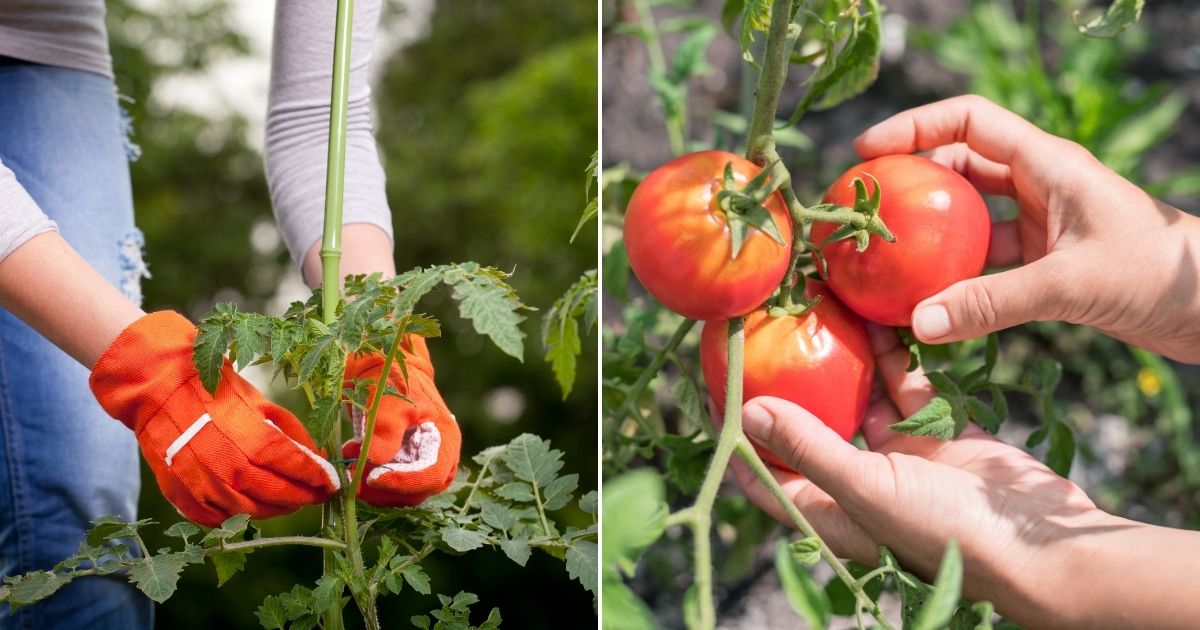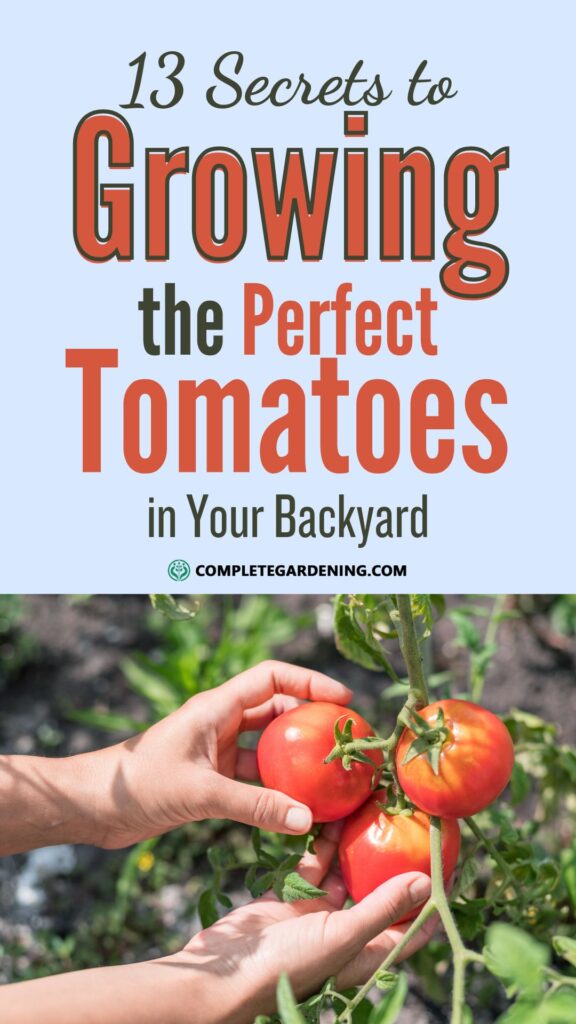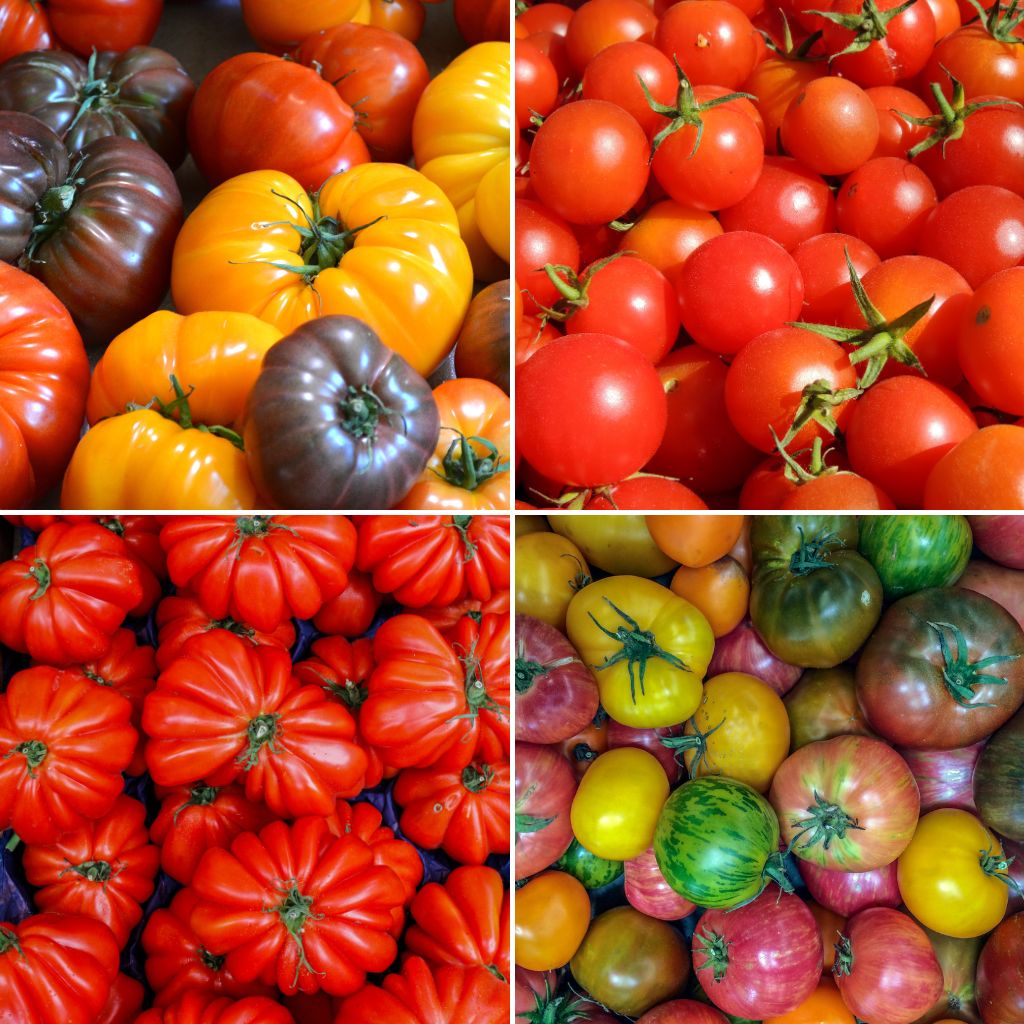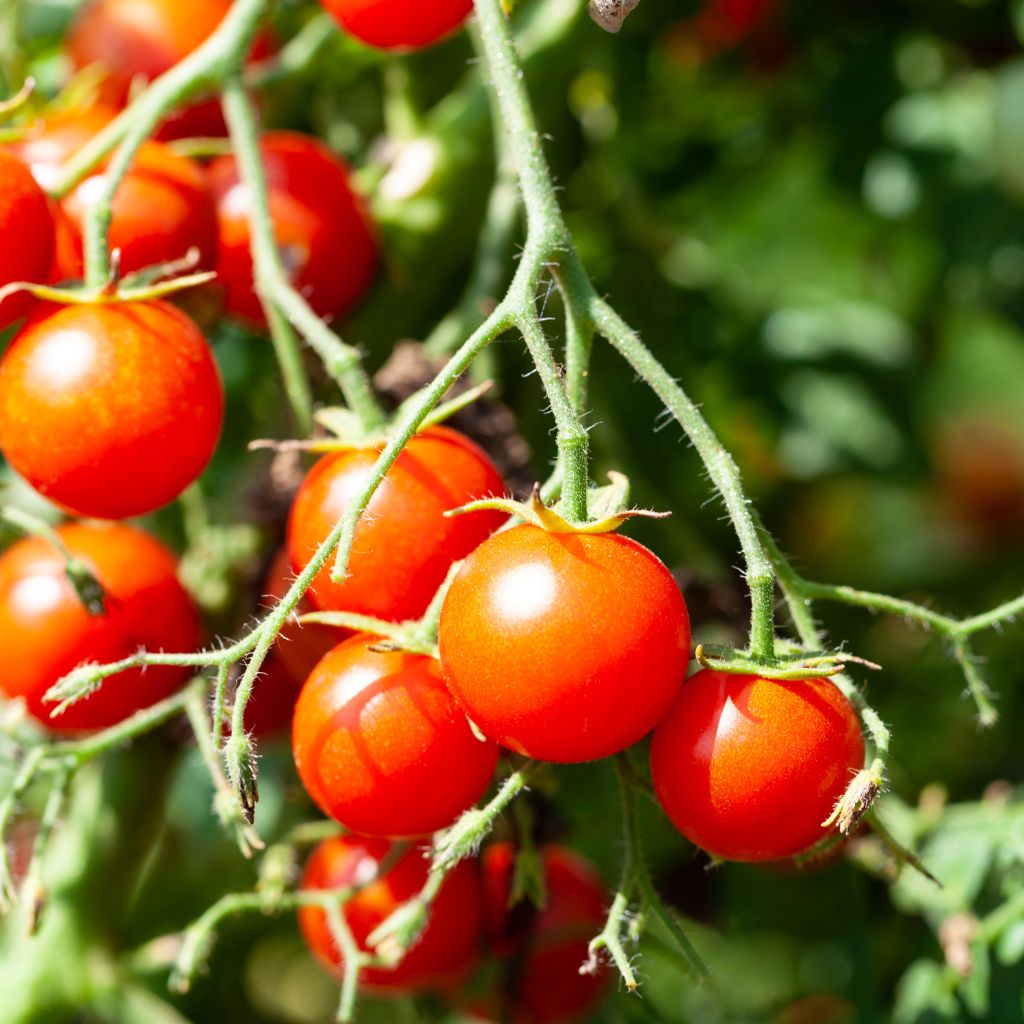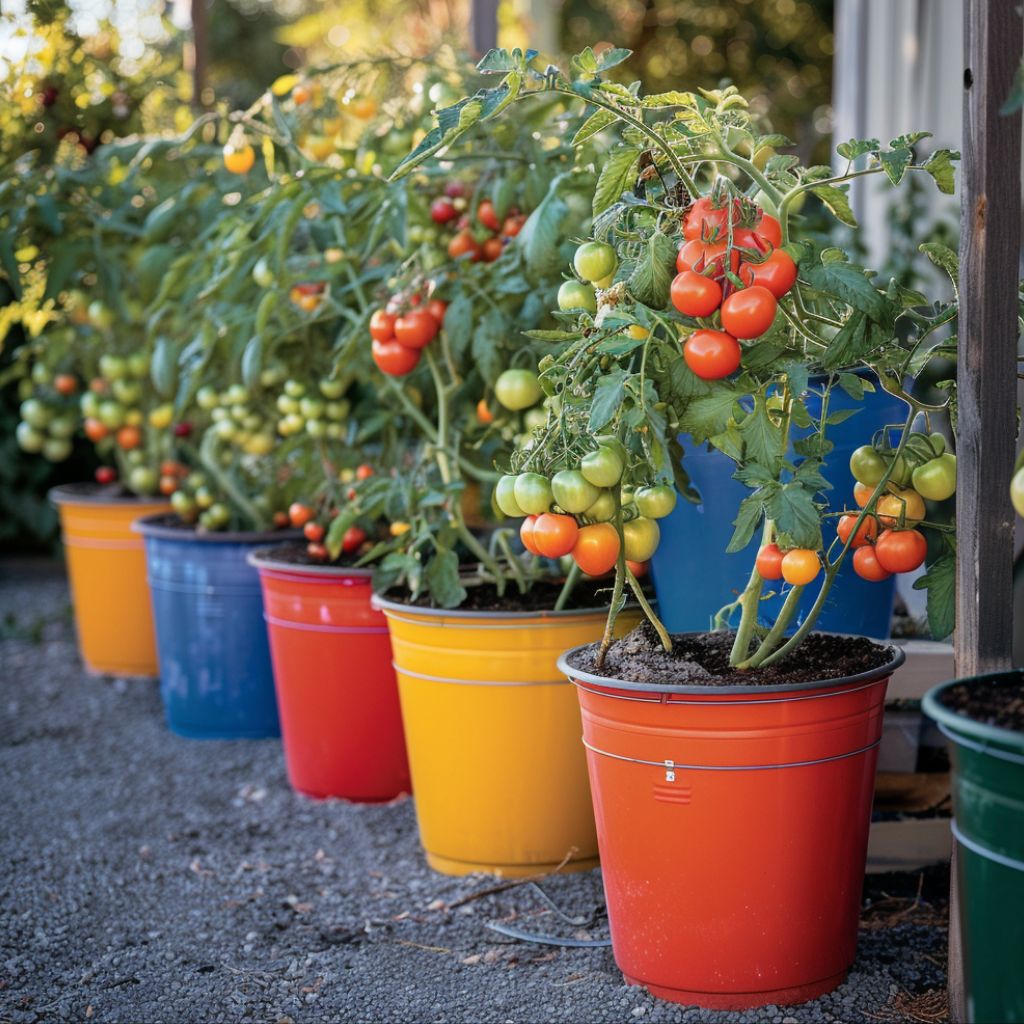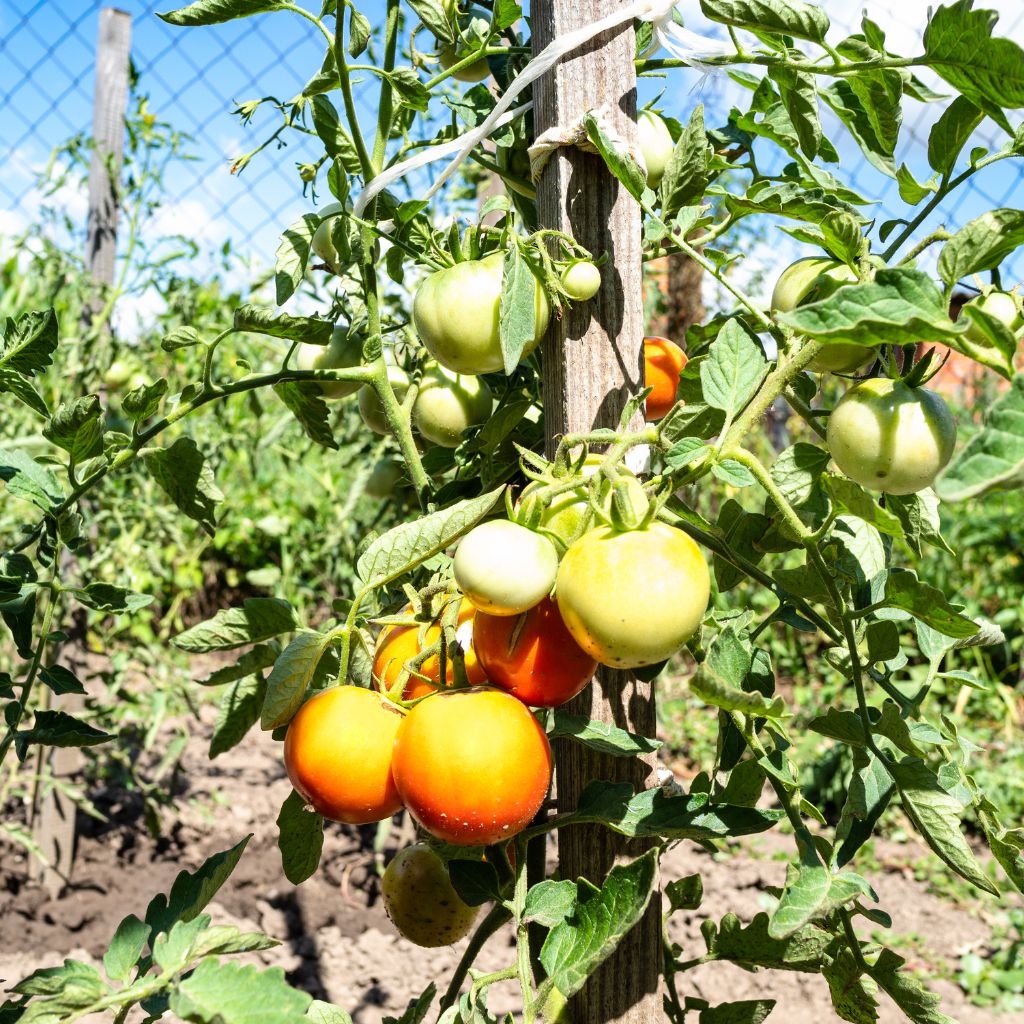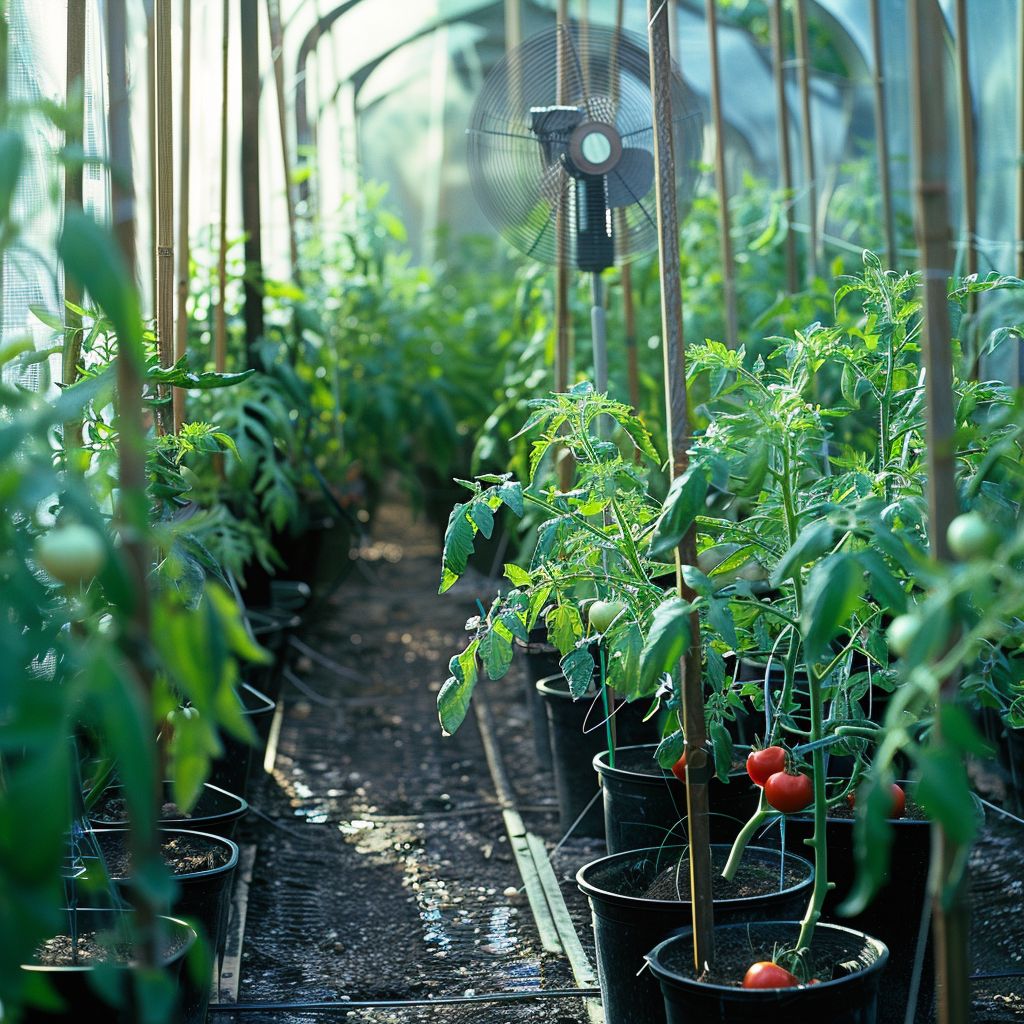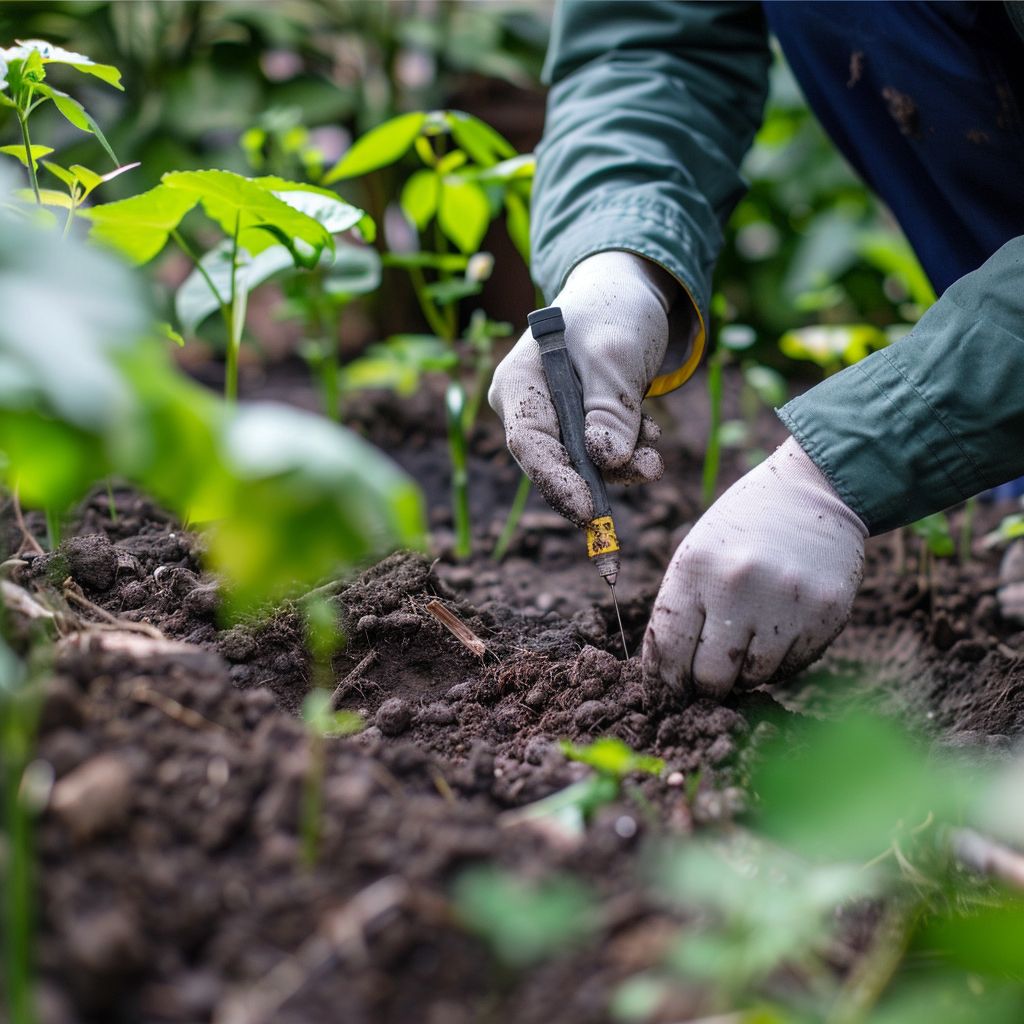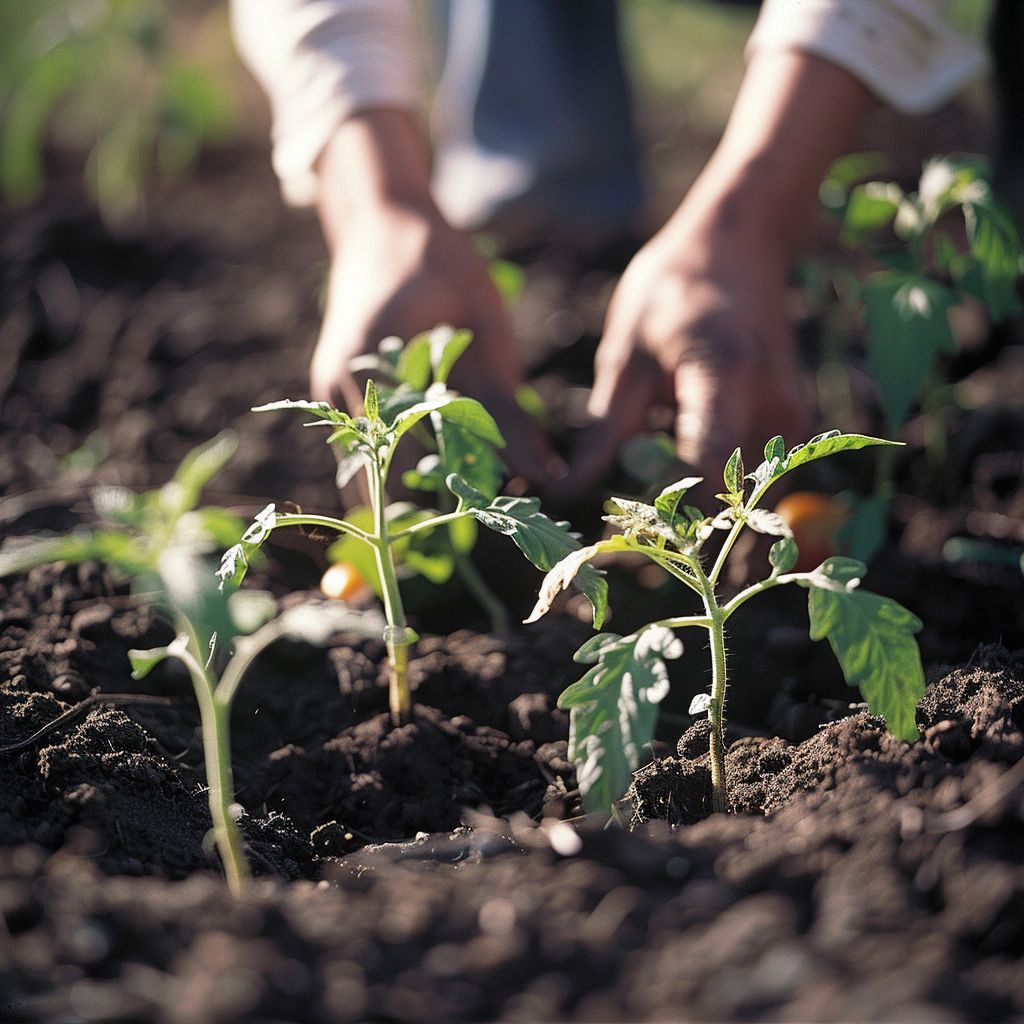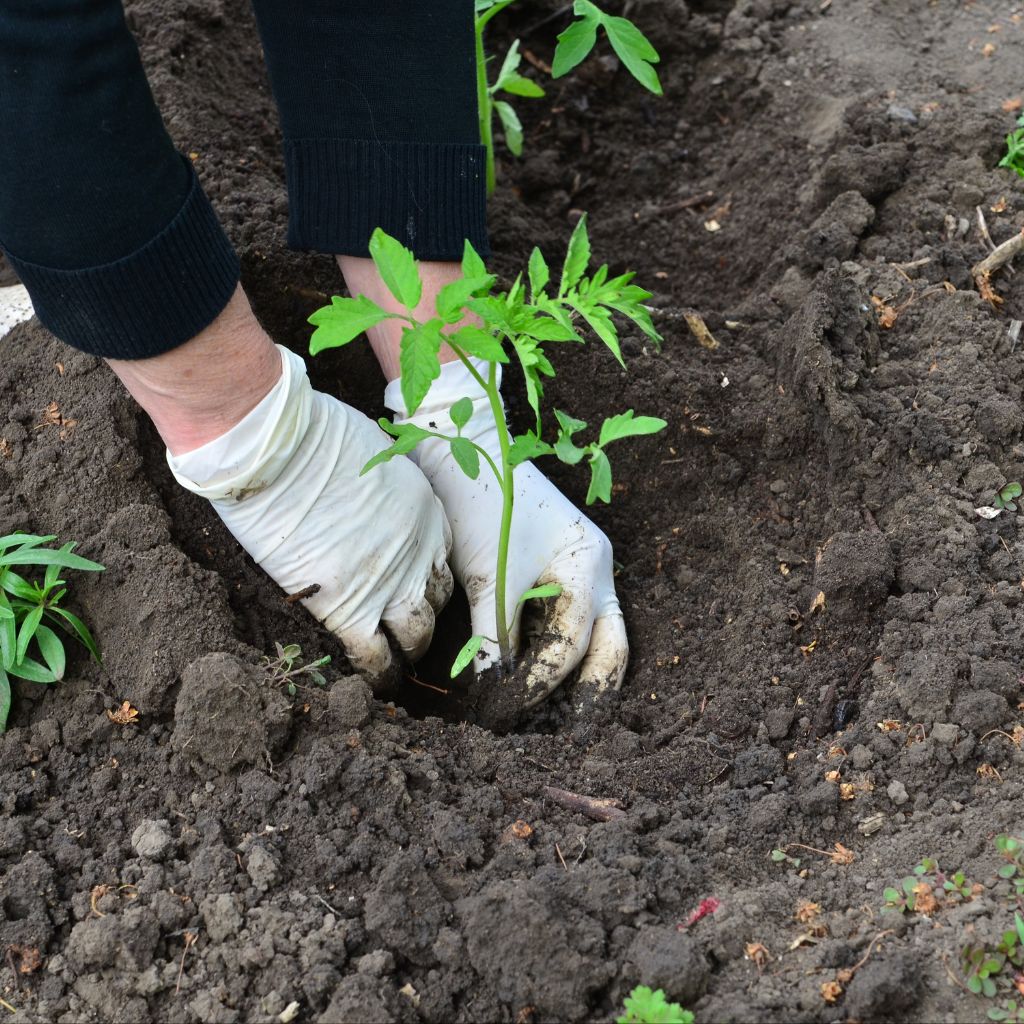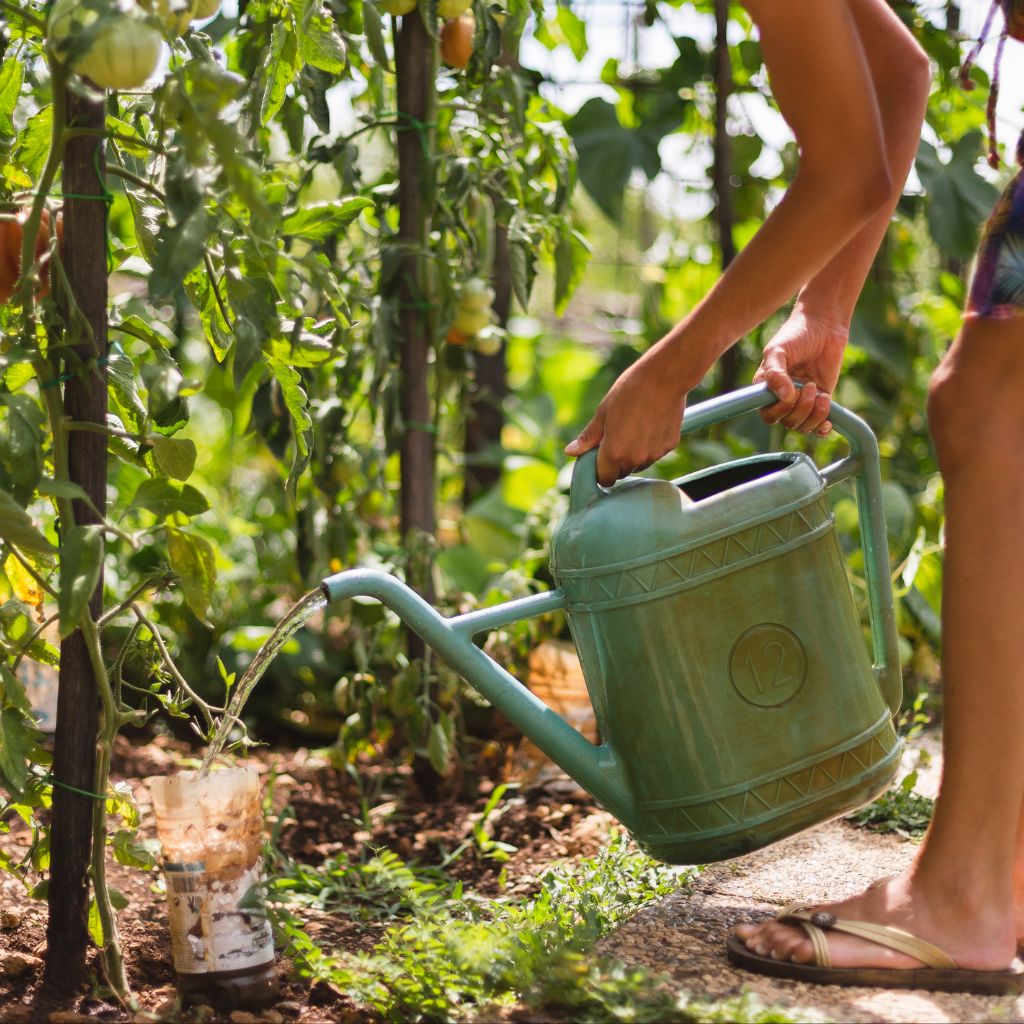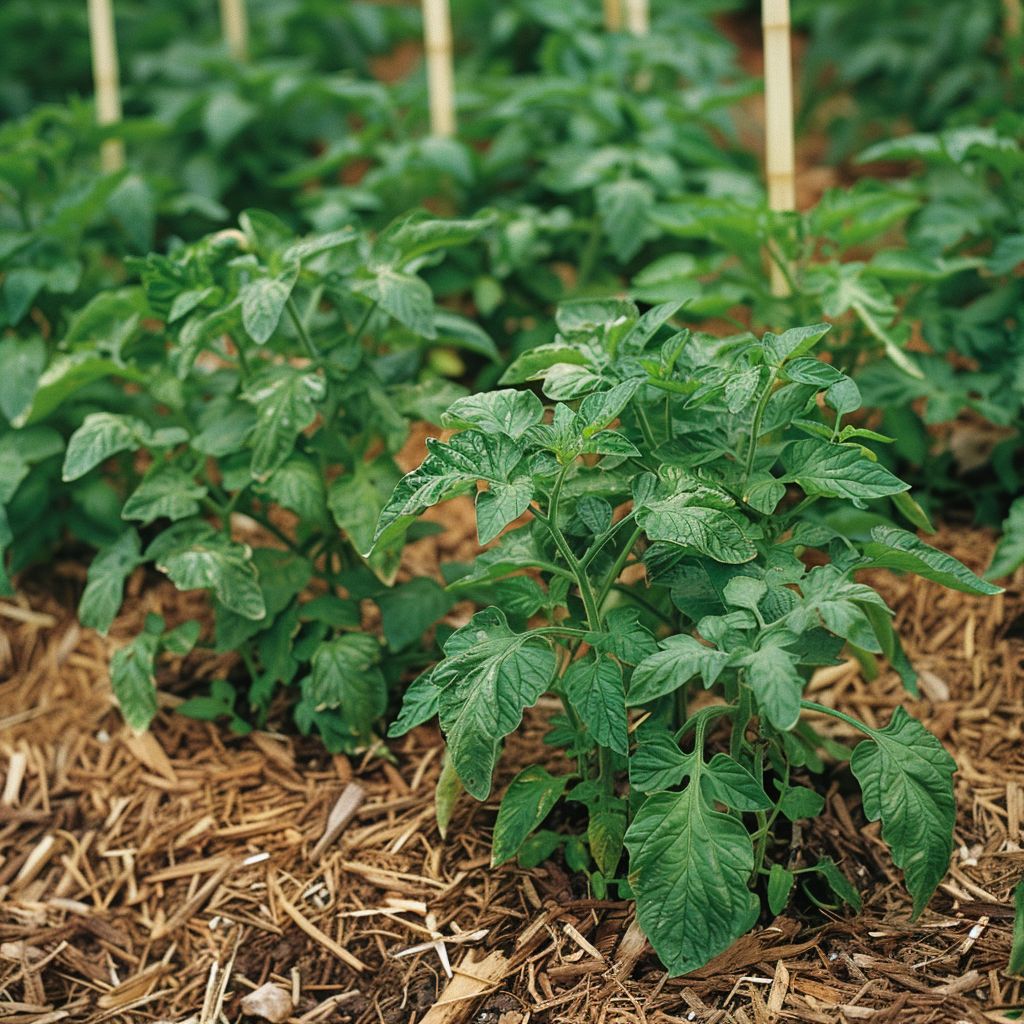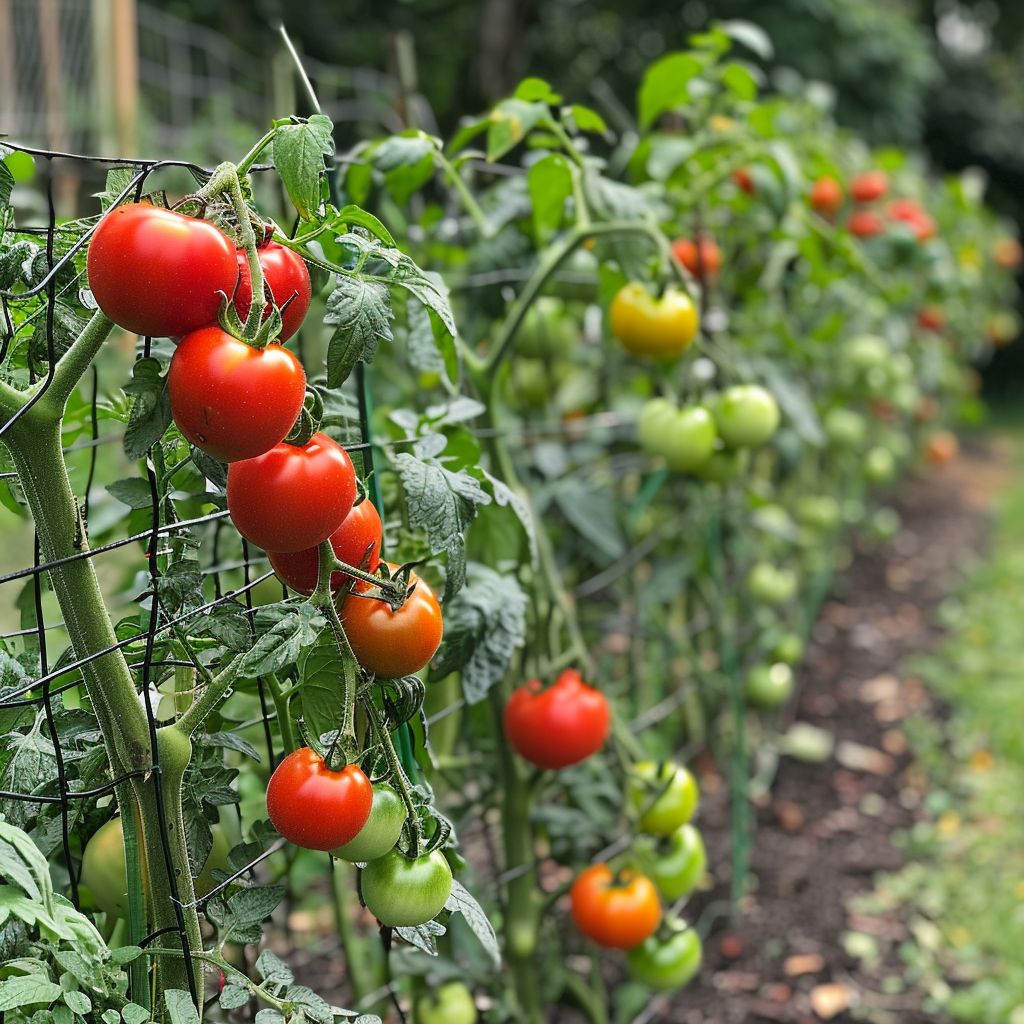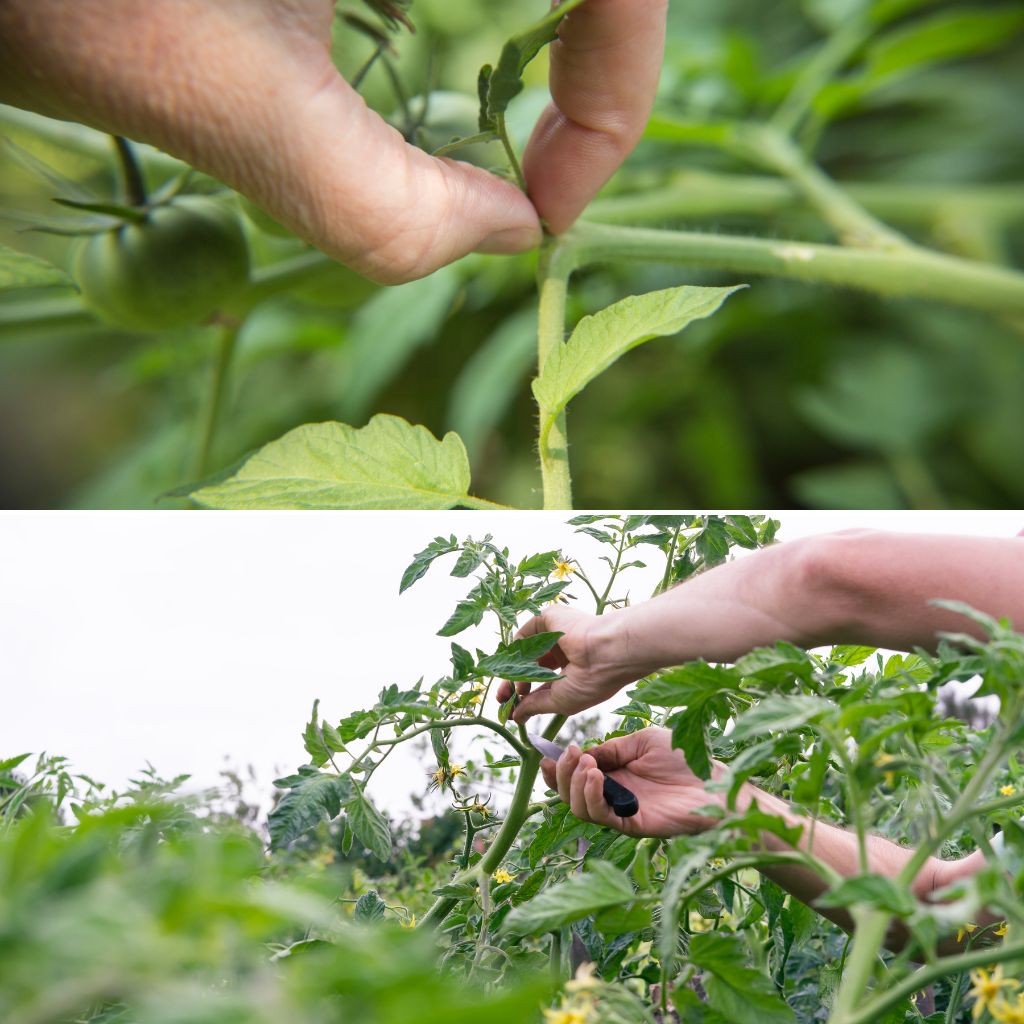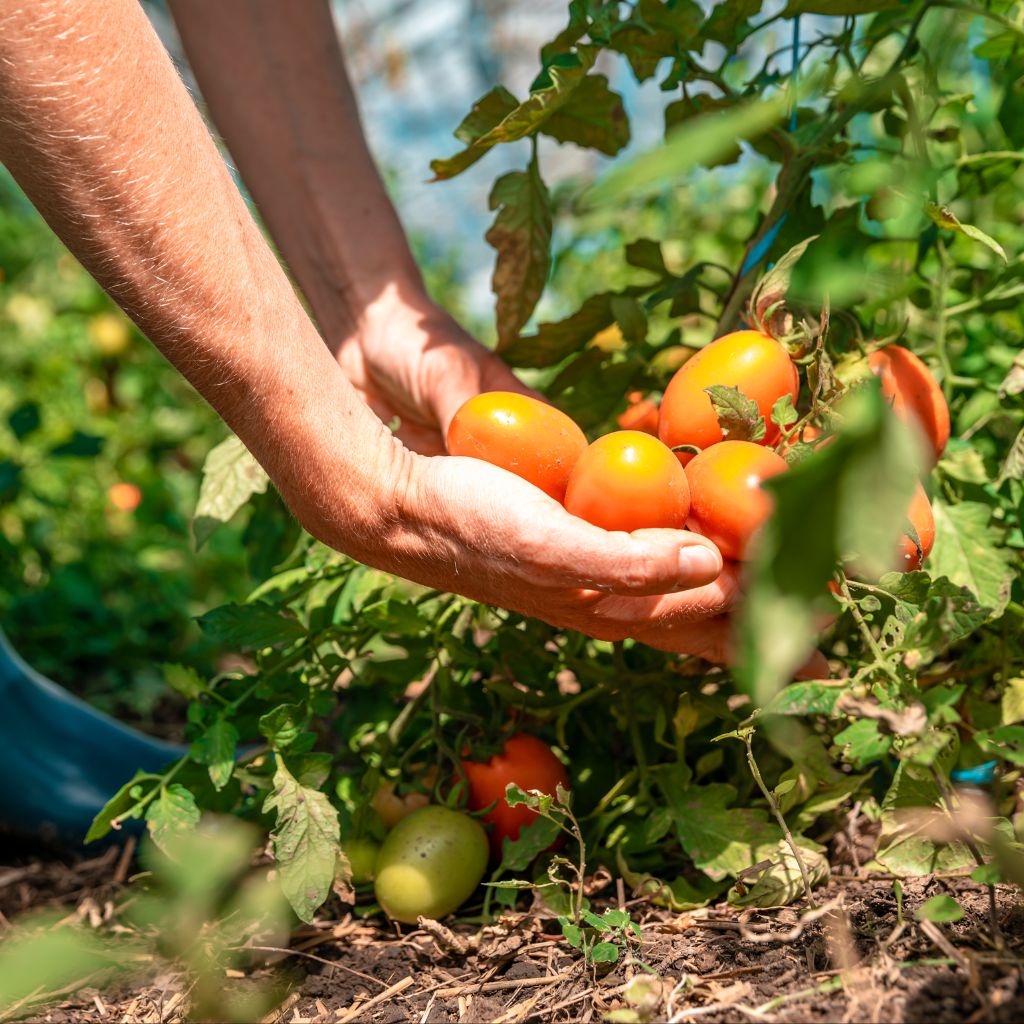Growing tomatoes in your backyard can be a rewarding experience for any gardener. However, it can also be a frustrating one if your plants don’t produce the perfect tomatoes you were hoping for.
To help you achieve the perfect harvest, here are 13 essential tips to help you achieve a bountiful and delicious tomato harvest this season.
1. Choose the Right Tomato Variety
Selecting the right tomato variety is the first step towards a successful harvest.
Determinate vs. Indeterminate
Tomato plants can be classified as determinate or indeterminate. Determinate plants grow to a certain height and then stop, while indeterminate plants continue to grow and produce fruit until the first frost.
Determinate plants are ideal for small gardens or containers, while indeterminate plants are better suited for larger gardens.
Heirloom vs. Hybrid
Heirloom tomatoes are open-pollinated varieties that have been passed down through generations and have a unique flavor.
Hybrid tomatoes, on the other hand, are created by cross-breeding two different tomato varieties to produce a plant with desirable traits such as disease resistance or higher yield.
While heirloom tomatoes are known for their flavor, hybrid tomatoes are often more reliable and easier to grow.
Cherry vs. Beefsteak
Cherry tomatoes are small, sweet, and perfect for snacking or adding to salads. Beefsteak tomatoes, on the other hand, are large and meaty, making them ideal for slicing and using in sandwiches or on burgers.
Both varieties are delicious and can be grown in the same garden.
By understanding the different tomato varieties available, you can choose the ones that are best suited for your garden and your taste preferences.
Whether you prefer heirloom or hybrid, cherry or beefsteak, there is a tomato variety out there that will help you grow the perfect tomatoes in your backyard.
2. Use Big Pots for Containers
Tomatoes have extensive root systems and need ample space to grow. If you’re planting in containers, use at least a 5-gallon pot with good drainage.
Avoid black containers, which can overheat, and opt for plastic or fiberglass to maintain moisture levels better than clay pots.
3. Ensure Plenty of Sunlight
Tomatoes are sun-loving plants. They require a minimum of six to eight hours of direct sunlight daily. If growing indoors, provide 14-18 hours of artificial light.
Outdoors, choose a sunny spot in your garden to ensure robust growth and fruit production.
If your backyard is shaded, consider growing tomatoes in containers that can be moved to sunnier locations.
4. Maintain Good Air Circulation
Proper air circulation is essential to prevent diseases and encourage strong stem growth. Indoors, use a fan to create gentle airflow.
Outdoors, spacing plants adequately and staking them helps maintain airflow.
But tomatoes need protection from strong winds that can damage the plants and knock off fruit. Choose a location that is sheltered from strong winds, or consider using stakes or cages to support the plants.
5. Prepare Healthy Soil
Tomatoes grow best in well-drained soil that is rich in organic matter. Test the soil pH and amend the soil as needed to ensure a pH of 6.0-6.8.
Amend the soil with compost to improve fertility and structure. Consider side-dressing with compost midseason and using a tomato-specific fertilizer bi-weekly.
Avoid planting tomatoes in soil that has been used to grow tomatoes, peppers, or eggplants in the past 2-3 years, as these plants are susceptible to the same diseases.
6. Plant at the Right Time
Timing is crucial for tomato planting. Wait until the danger of frost has passed and soil temperatures reach at least 60°F.
Nighttime temperatures should stay above 50°F. Harden off seedlings gradually by exposing them to outdoor conditions before planting.
7. Plant Deeply
Tomatoes benefit from being planted deeply. Bury the plant up to the top few leaves to encourage the development of a strong root system. This can be done by digging a deep hole or laying the plant sideways in a trench.
8. Water Deeply and Consistently
To grow the perfect tomatoes in your backyard, proper watering strategies are essential. Overwatering or underwatering can harm the plant’s growth and reduce the yield. Here are some watering tips to help you achieve healthy tomato plants.
Consistent Watering Schedule
Tomatoes require consistent watering to thrive. A regular watering schedule is crucial to maintaining the soil’s moisture level and preventing stress on the plant. It’s recommended to water tomato plants deeply once or twice a week, depending on the weather conditions.
Watering Techniques
Watering the plant’s base is the most effective way to deliver water to the roots. Avoid getting water on the leaves, as it can lead to fungal diseases. Additionally, using a drip irrigation system or soaker hose can help conserve water and prevent soil erosion.
Watering Amount
The amount of water your tomato plant needs depends on various factors such as the plant size, weather, and soil type.
As a general rule of thumb, tomato plants need about one inch of water per week. However, it’s essential to monitor the soil moisture level and adjust the watering amount accordingly.
Soil Moisture Level
To determine the soil moisture level, stick your finger about two inches deep into the soil. If the soil feels dry, it’s time to water the plant. If the soil feels moist, wait a day or two before watering again. Overwatering can cause root rot, while underwatering can lead to wilted leaves and reduced yield.
By following these watering strategies, you can ensure healthy growth and a bountiful harvest of perfect tomatoes in your backyard.
9. Mulch to Retain Moisture
Once soil temperatures have warmed, apply mulch around your tomato plants. Mulching helps retain moisture, reduce soil-borne diseases, and regulate soil temperature. Organic mulches like straw or wood chips are excellent choices.
10. Avoid Crowding Seedlings
Give tomato seedlings ample space to grow. Overcrowding can lead to disease and inhibited growth. Transplant seedlings into larger pots once they have their first true leaves and thin them out to ensure each plant has enough space.
11. Provide Adequate Support
Tomato plants require support to keep them upright and healthy. Use cages, stakes, or trellises to support the plants as they grow. This prevents the fruit from touching the ground, reducing the risk of disease and pests.
12. Prune Lower Leaves and Suckers
Once plants reach 2-3 feet tall, remove the lower leaves to prevent fungal diseases. Prune suckers (small shoots that form in the crotch joint of two branches) to direct the plant’s energy towards fruit production. This can also be an opportunity to propagate new plants from the suckers.
13. Monitor for Pests and Diseases
Regularly inspect your tomato plants for signs of pests and diseases. Common issues include aphids, tomato hornworms, and blight. Use organic pest control methods like neem oil or insecticidal soap, and practice crop rotation to prevent disease buildup in the soil.
Bonus Tips for Harvesting and Storing Tomatoes
Harvesting: Pick tomatoes when they are fully colored and firm. They should come off the plant easily. For partially ripe tomatoes, place them in a paper bag at room temperature to finish ripening.
Storing: Store fully ripe tomatoes in the refrigerator for 2-3 days, but let them come to room temperature before eating for the best flavor. Green tomatoes can be used in recipes if they don’t ripen.
By following these 13 secrets, you can enjoy a bountiful harvest of perfect tomatoes from your backyard.
